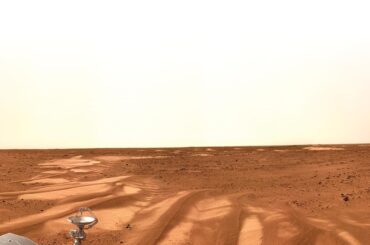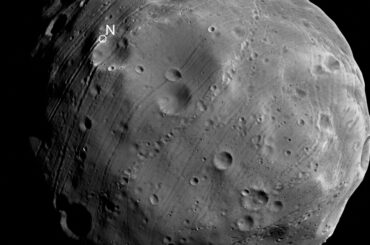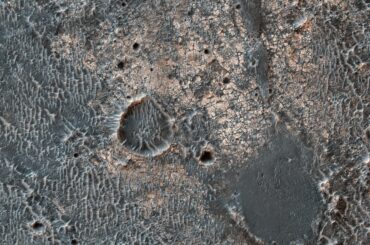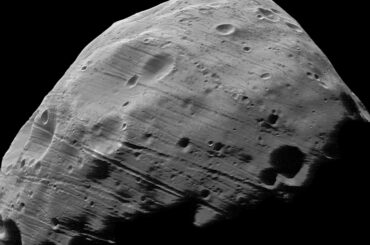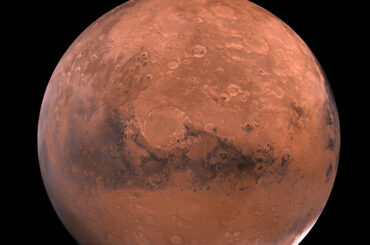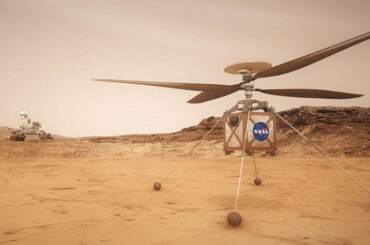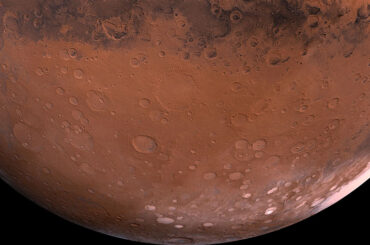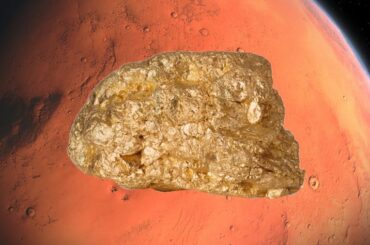Explore 10 captivating facts about Mars, from towering volcanoes and vast canyons to traces of ancient water and headline-making rover discoveries. This hub highlights what makes the Red Planet so fascinating and links to deeper posts on geology, atmosphere, missions, and habitability.
This post compiles every Space Missions to Deimos — a complete, chronological list of 14 missions that have flown by, imaged, or attempted to study Mars’s smaller moon. Each entry includes year(s), agency, and the type of interaction, with context and key highlights for readers and researchers.
Explore the top 10 reasons scientists conclude Mars once hosted water, from valley networks and lakebeds to hydrated minerals and ancient shorelines. This hub summarizes the key evidence, explains why each clue matters for past climate and habitability, and links to detailed posts on geology, rover findings, orbital imagery, and astrobiological implications.
This post catalogs all 12 NASA Missions to Phobos, from early flybys to modern mission proposals, with concise entries listing launch year, interaction type, and key findings. Ideal for researchers, students, and space enthusiasts, it summarizes what each mission discovered about Phobos’ origin, surface features, and implications for future exploration.
Planets travel at different speeds along their orbits around the Sun. Said orbits also become exponentially longer the farther away…
On July 30, 2020, the Perseverance Rover was launched from Cape Canaveral, Florida. Its mission was to get to Mars…
Mars, the enigmatic Red Planet, has long captivated our curiosity. As we’ve sent rovers and spacecraft to explore its surface,…
Mars is the planet that we have studied the most besides Earth. Not just because it is relatively close to…

